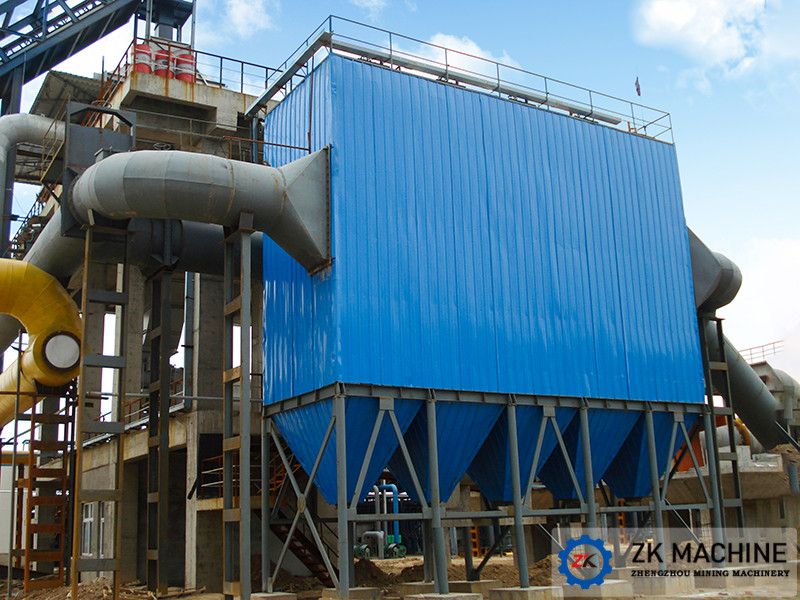The Significance of Dust Collection in Industrial Production
Date:2020-09-15 11:37:47
Author:admin
Views:
155
The separation operation of multiple mixtures of gas and dust in industrial production is called dust collection. The main meanings of dust collection are:
1. Improve the environment and reduce pollution. The smoke and dust in industrial production often contains toxic components. After these substances are discharged, they will pollute the surrounding ecological environment and have a toxic effect on organisms in the environment. In addition to these toxic substances, some dust will also cause harm to human health, such as fine mineral powder, silica dust, etc. If the dispersion in the production site cannot be effectively controlled, workers who work in such an environment for a long time will Prone to serious occupational diseases such as lung disease.
2. Recover useful materials. During the pyrometallurgical process, volatile smoke and mechanical smoke are generated due to high temperature and flue gas flow. The composition of mechanical soot is similar to that of raw materials, while volatile soot is rich in metals or compounds with higher vapor pressure, and has a considerable amount. Therefore, the separation and recovery of this part of the smoke containing valuable metal components from the flue gas is not only a problem related to environmental protection, but also an economic problem related to production. The collection of dust from the flue gas can improve the metal recovery rate and the integration utilization rate of raw materials.
3. Ensure the normal operation of subsequent production. In the process of pyrometallurgical smelting, most of the sulfur in the sulfide ore is oxidized into sulfur dioxide and a small amount of sulfur trioxide, which enters the flue gas and is recovered through acid production. Before absorbing sulfur dioxide in the flue gas, it must be converted into sulfur trioxide under the action of a catalyst. In order to avoid catalyst poisoning, the flue gas must be dust collected before conversion; the flue gas produced by blast furnace reduction and smelting of zinc contains A large amount of carbon monoxide needs to be pressurized to use this combustible gas.

